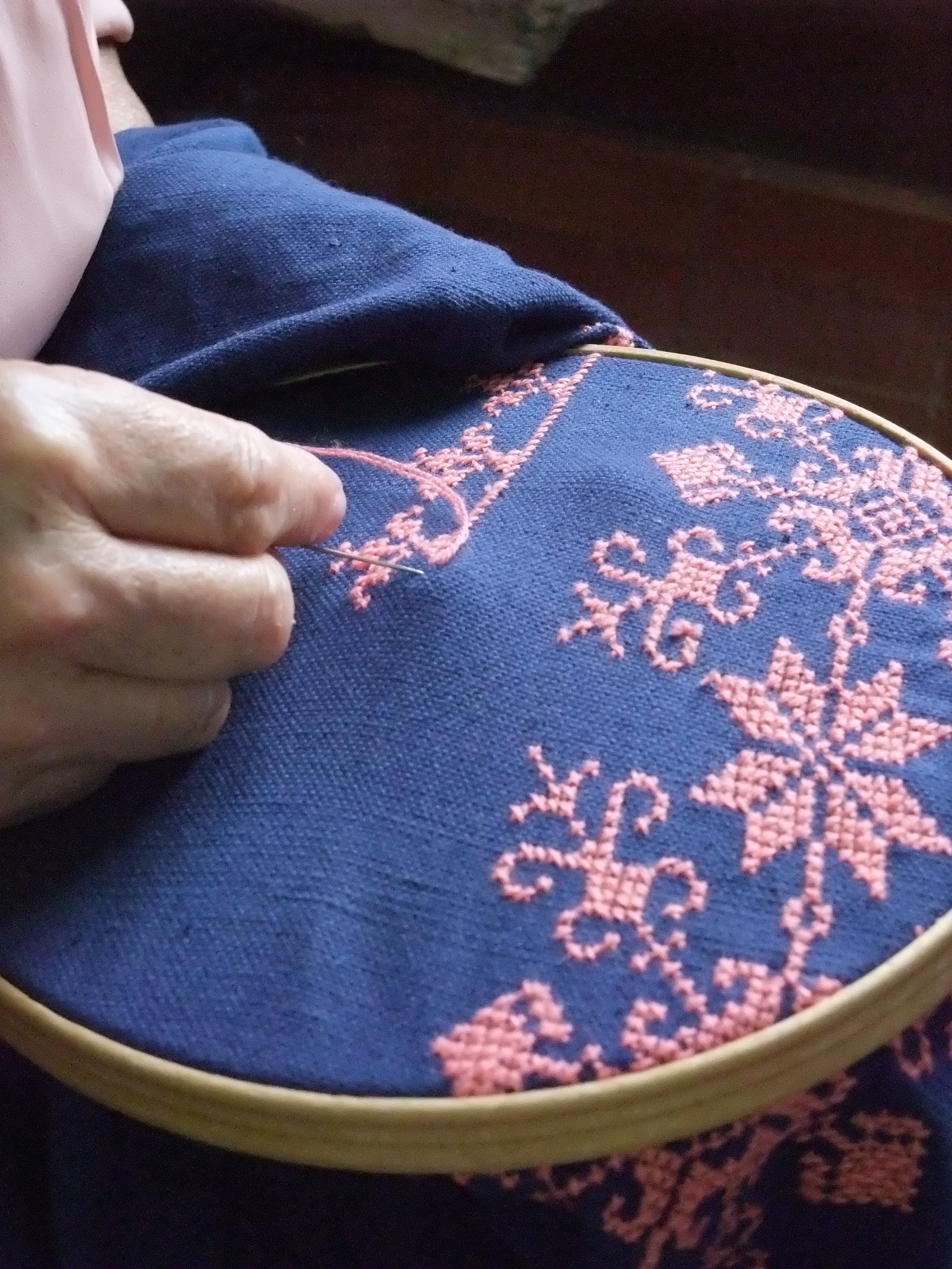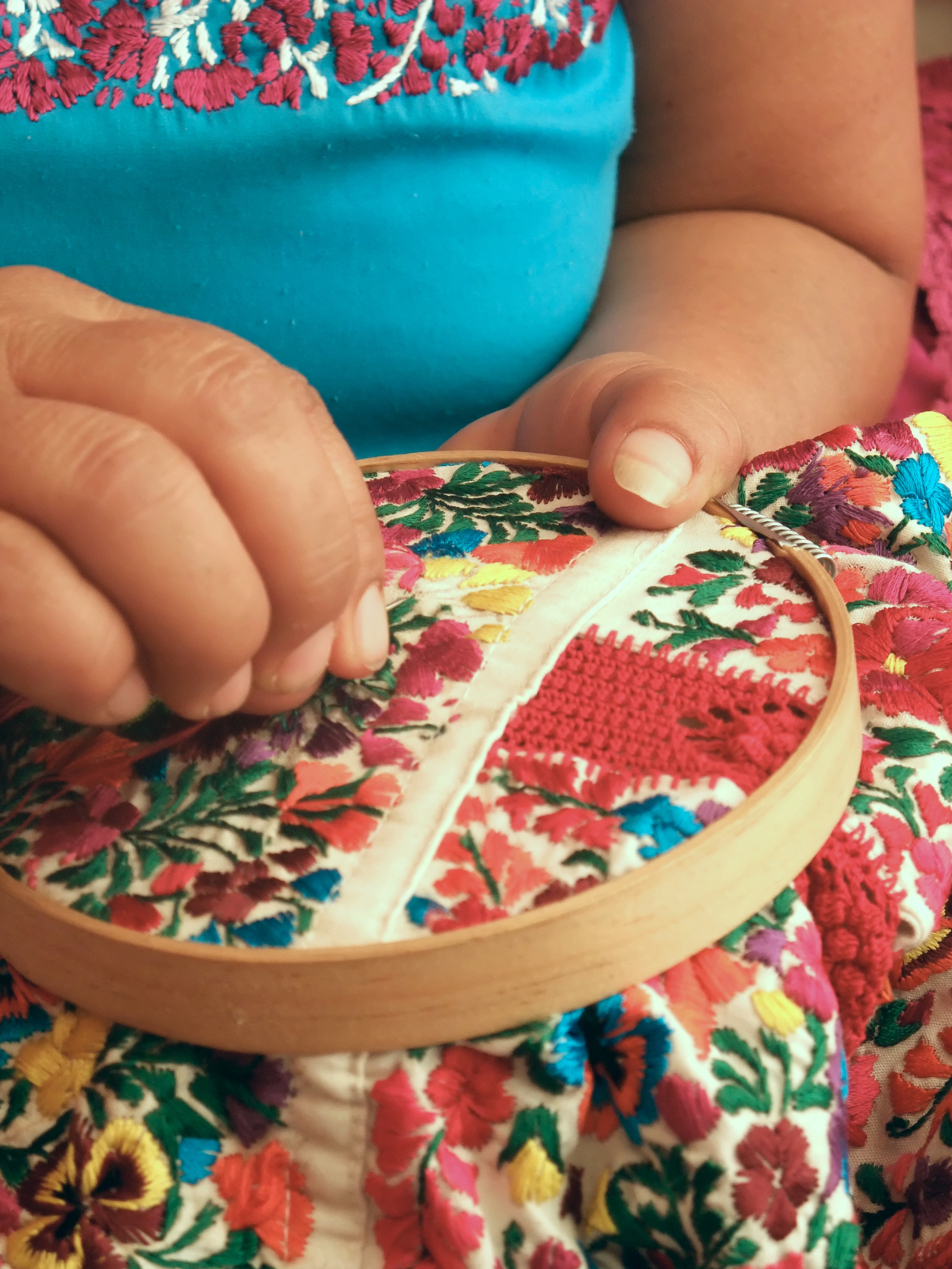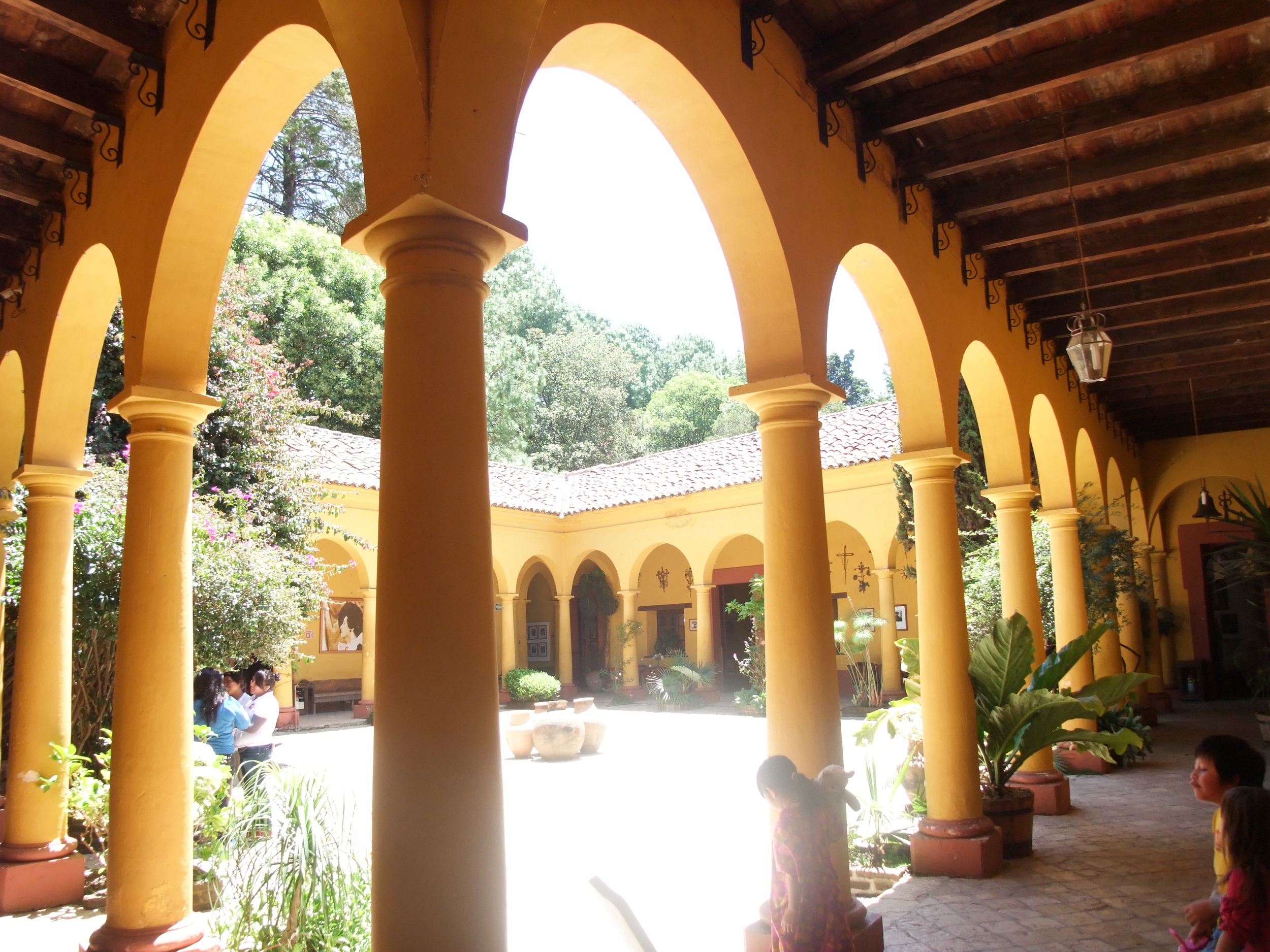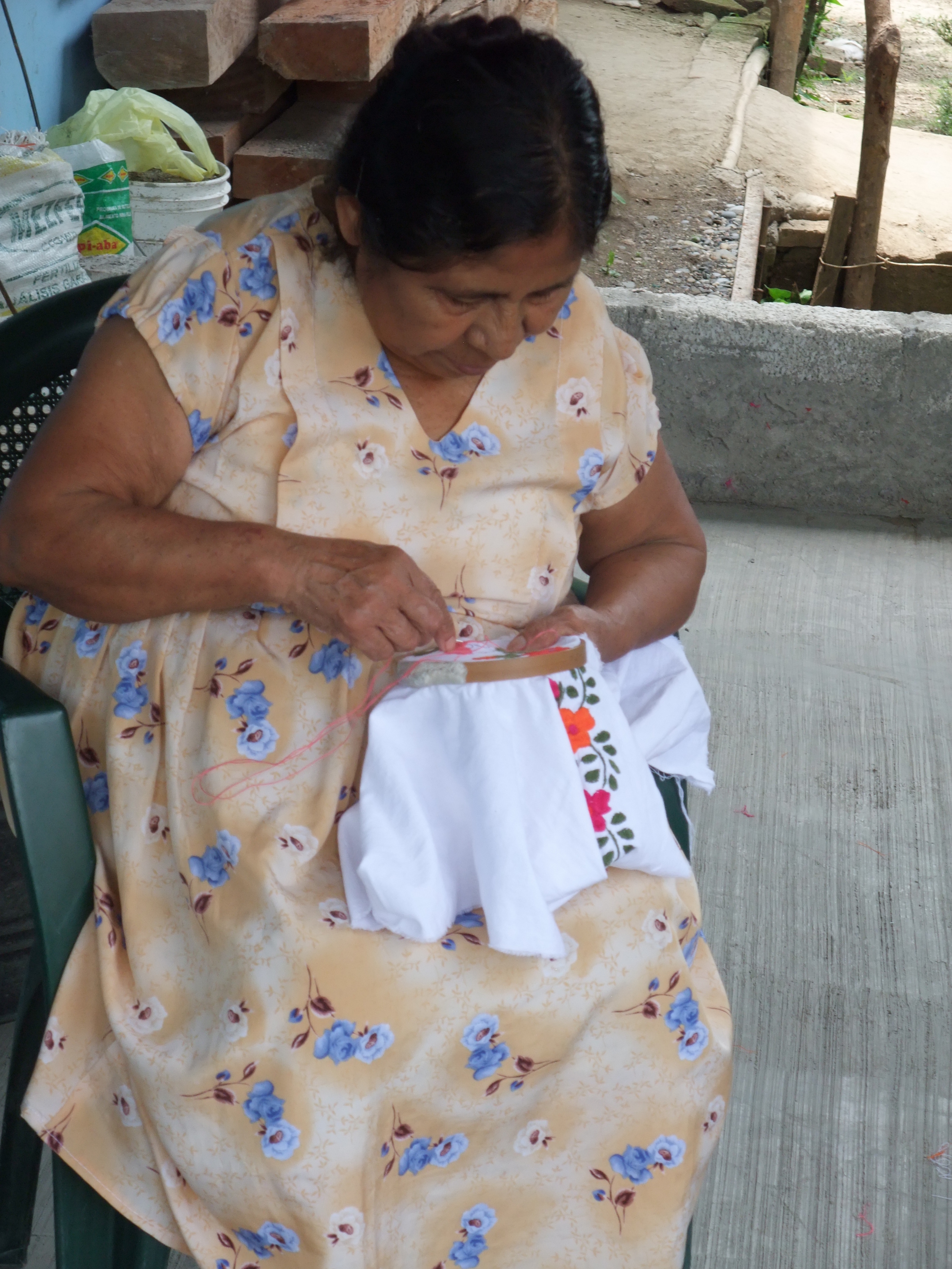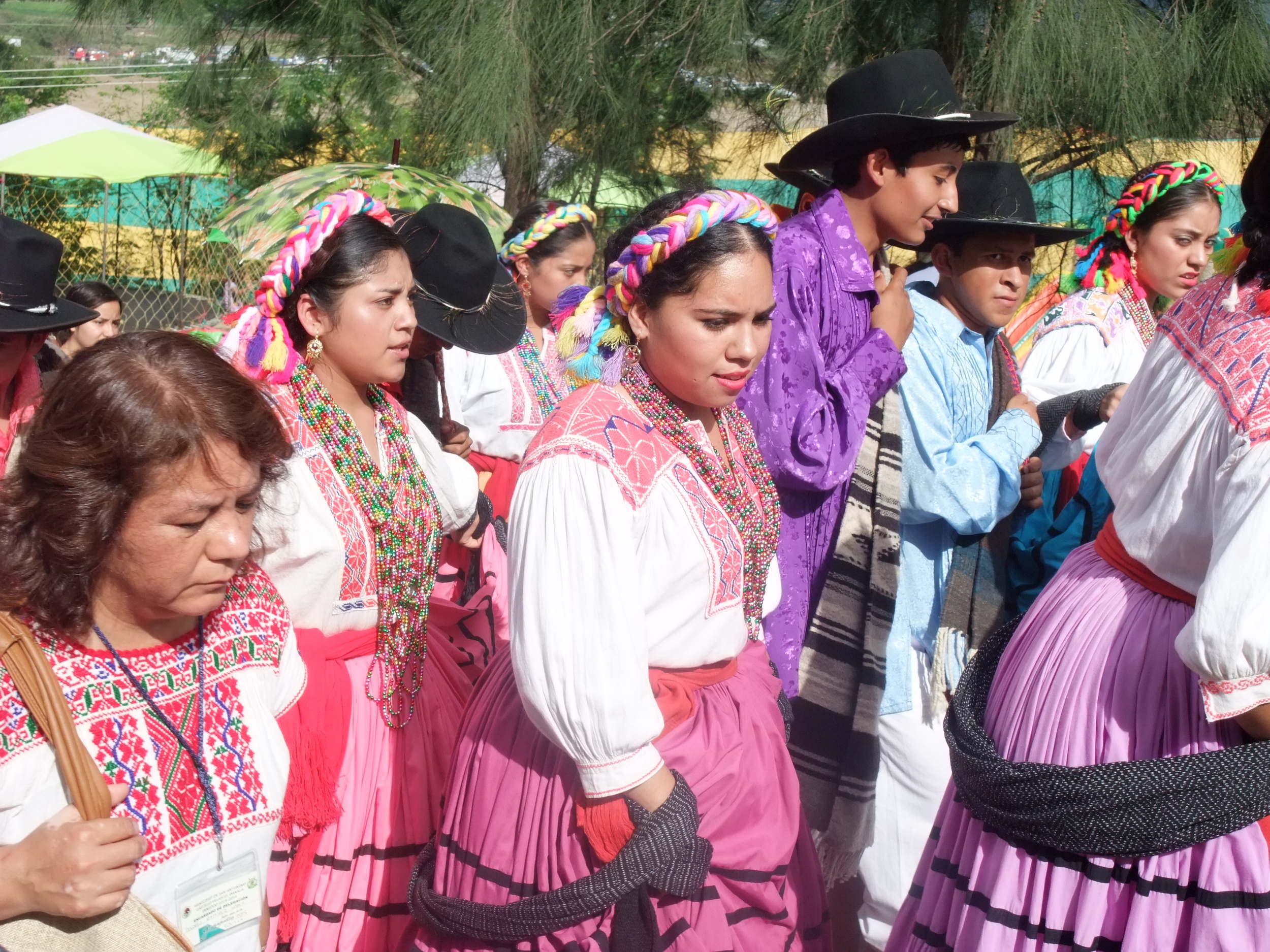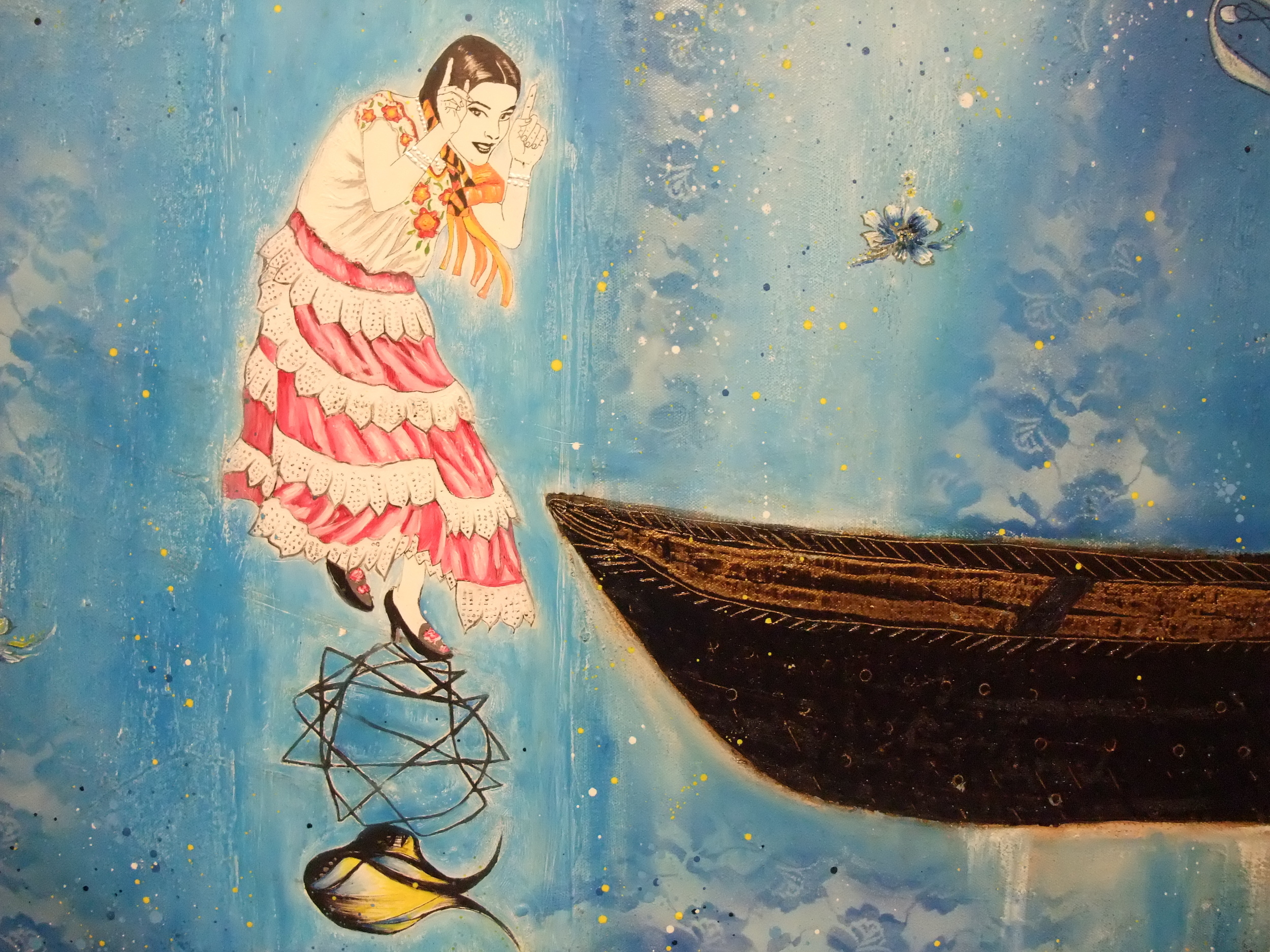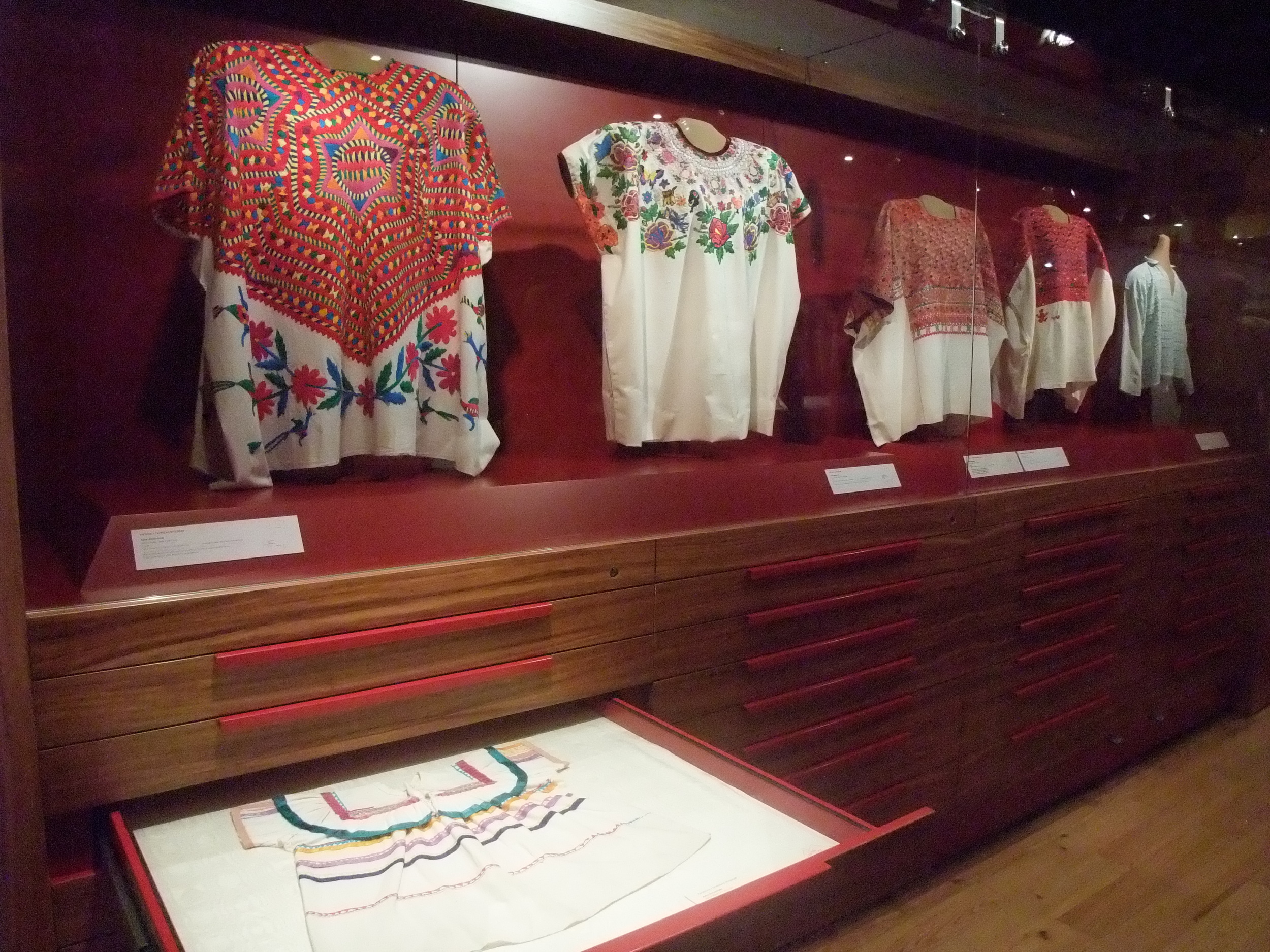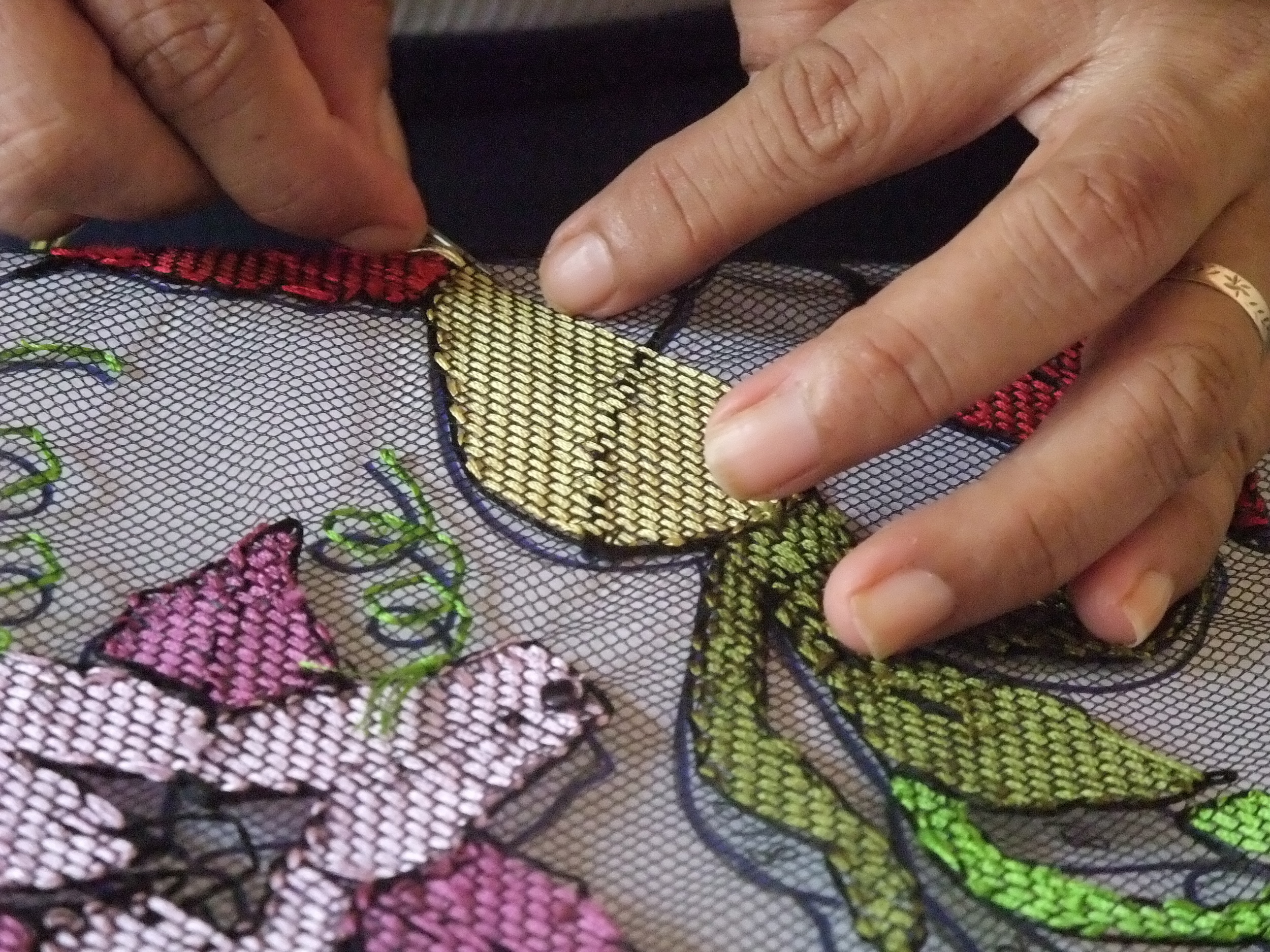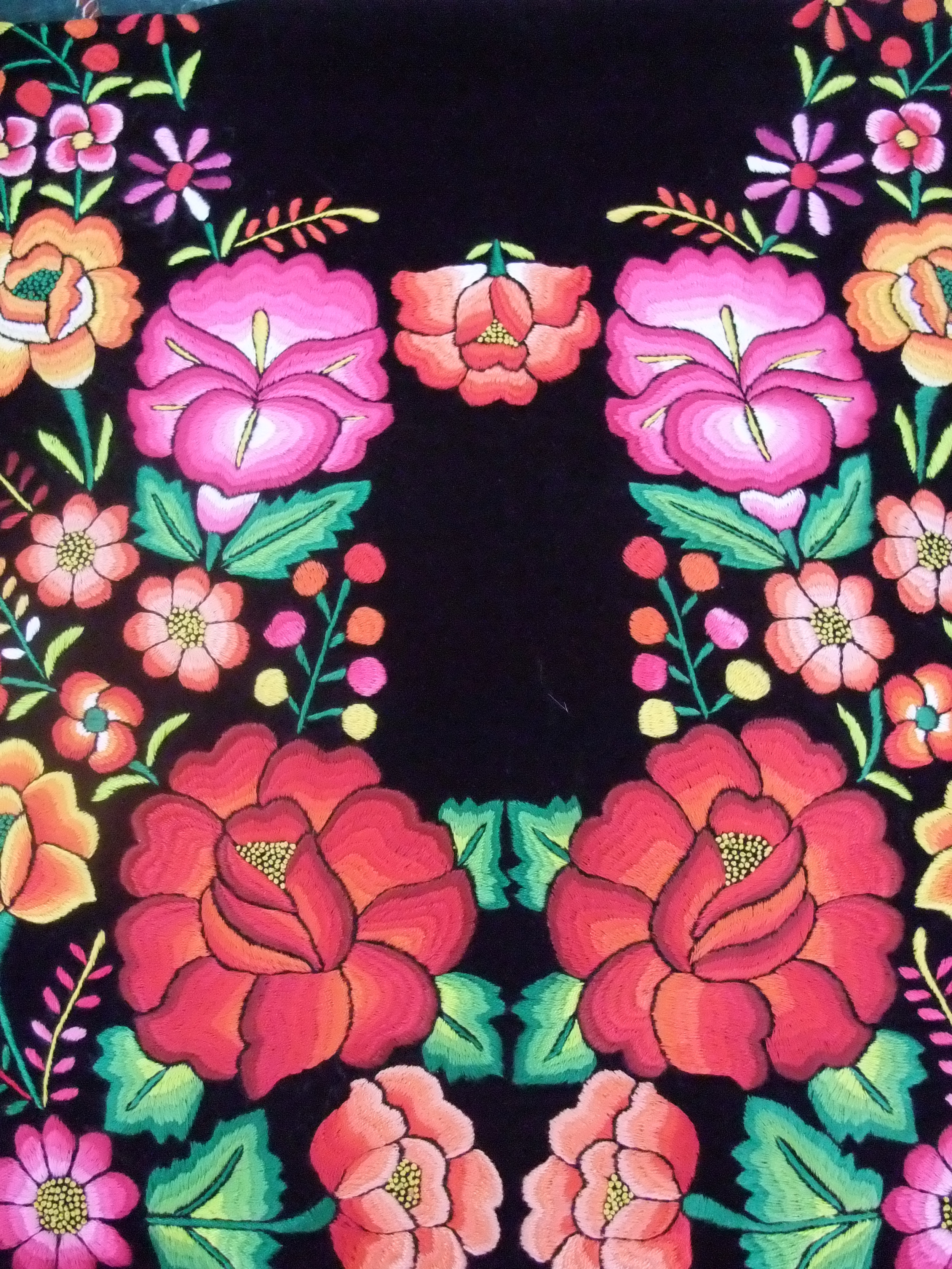In 2015, I was generously granted funding by the Thomas Dammann Junior Memorial Trust Award to undertake a research trip that aimed to investigate the cultural importance, craft and aesthetic of Mexican embroidery. Fascinating and diverse narratives were gathered from all over the vast and beautiful country as I travelled to meet craftspeople, artists, anthropologists, scholars, museum curators and government officials. As embroidery is a ‘living craft’ in Mexico I had the opportunity to visit the Guelagetza Festival and view the astonishing costumes of the Indigenous people. The most remarkable aspect of the journey was the warmth, generosity and friendliness of the people which was documented through photography and interviews. A collection of superb embroideries was collated and each one has a personal story from the craftsperson who created it. These have been exhibited internationally, showcasing the rich textile tradition and heritage of Mexico and its significance within communities as expressed in craft and costume.
The journey began at the Research Institute of Visual Arts at the Universidad Veracruzana, Xalapa, Veracruz. I was invited by Yosi Anaya, Research Docent and Textile Artist, to use their library and resources, as well as her expertise, to plan my itinerary, identifying the key locations and most representative centres of production.
Once I had tentatively outlined my itinerary the journey began in earnest. I was extremely nervous as Yosi waved goodbye to me at the bus station in Xalapa, and wondered what I had gotten myself involved in. Even though I have the most wonderful friends in Mexico, I suddenly felt very alone. I was reminded of the assurances of the Mexican Ambassador to Ireland, Carlos Garcia de Alba and having notified the Irish Ambassador in Mexico, I knew that if anything went awry I would be able to contact them at least. I sat back in the incredibly comfortable bus and became excited for the trip to come. Over the next 5 weeks I travelled more than 3,600 kilometres by bus, taxi, collectivo, rickshaw and metro.
I went to El Tajin and Papantla in Vera Cruz, Tenango de Doria in Hidalgo, Morelia and Patzcuaro in Michoacan, San Antonino and Oaxaca in Oaxaca, San Cristobal de las Casas, Chiapa de Corzo and San Juan Chamula in Chiapas, San Gabriel Chilac and Puebla in Puebla. Along the way I stayed in refurbished convents, converted colonial mansions and charming posadas. Visited breath-taking churches, dazzling markets and tranquil plazas. Ate Tacos al Pastor, Pozole, Quesadillas, Huevos Rancheros, and Chiliaquiles. Drank rich hot chocolate, refreshing licuados and delicious Horchata.
As I made my way across the country, I interviewed 15 of the most skilled and accomplished artisans who were remarkably generous of their time and delighted to recount their marvellous stories about tradition, crafts and customs that are embedded in the embroideries. I visited several co-operatives, where the passion and dedication of the staff in regards to improving the conditions of the craftspeople was inspiring. I decided to only purchase textiles directly from the craftspeople or co-operatives where possible and in total I collected 18 samples of beautifully embroidered textiles.
I attended the Guelagetza in Oaxaca City, a spectacular showcase of the traditional dances and embroidered costumes from the regions 16 ethnic groups. It is a prehistoric festival that offers thanks to the gods and is held on the Cerro de Luna over two Mondays in July. Whilst the most famous celebration is held in the city, there are many more held throughout the state and I had the serendipitous opportunity to attend a smaller one in San Antonino. I was invited backstage by the organisers to see the beautiful costumes of the young performers and was delighted to be amongst their infectious giddiness.
Mexico takes great pride in its culture and heritage and this is evident in the outstanding museums throughout the country. The wealth of information and richness of display in museums such as the National Museum of Anthropology, Museum of Folk Art, and the National Museum of History, facilitated contextual understanding of the ethnic, historical and social traditions. It was delightful to attend conferences and exhibitions in museums such as the Franz Mayer Museum, Oaxaca Museum of Textiles, and the Centre of Textiles from the Mayan World that focus on the promotion, restoration and conservation of textiles in Mexico.
Whilst speaking to anthropologists and scholars in various institutions such as the Institute of Michoacan Crafts, the Museum of Folk Art in Puebla and the Institute of Craft in Xalapa, the importance of textiles to the culture and identity of indigenous groups in Mexico was consistently emphasised. Traditional costumes may distinguish the origins, culture, ethnicity, social status, and marital status of the indigenous people and by the end of my journey I could identify the distinctive costumes of many groups and regions. It was captivating to see such a visual expression of culture and identity.
The communal and everyday nature of embroidery in Mexico is enthralling and of particular interest was it’s role amongst women. Many of the artisans had been taught by their mothers and grandmothers from the ages of 5 and 6. The most intricate designs were learned by heart and followed intuitively without patterns. Women spoke of how they began their embroideries at the end of their busy days and it was often a time to relax and meditate. The income that their craft generates gives them financial independence and autonomy, and there were several stories of grandmother’s supporting whole families with their embroidered textiles or women uniting to form co-operatives despite resistance. Each woman described her work with great pride especially the hours invested as well as the significance of the colours, motifs and designs to their culture, heritage and tradition. However, the most touching sentiment that was shared by most of the women was that the embroideries inherently expressed their emotions and feelings and embodied aspects of their personalities, lives and experiences.
Throughout the journey I was overwhelmed by the generosity, hospitality and warmth that the people of Mexico are famous for. Strangers invited me into their houses, studios and offices and gave of their time without hesitation. I was shown precious family heirlooms, treasured newspaper articles and clippings and cherished certificates and prizes. I received impromptu lectures, tours and lessons from people that were brimming with pride about their ancient and magnificent culture. And I was also given innumerable glasses of water for which I am eternally grateful!

